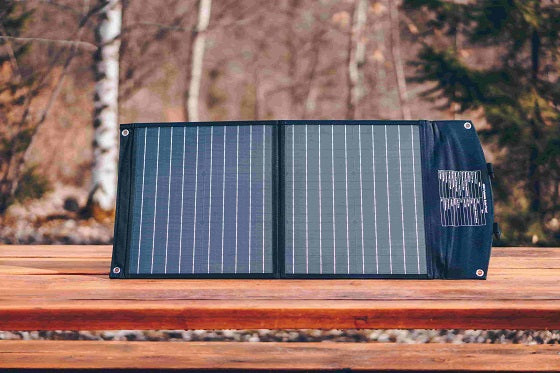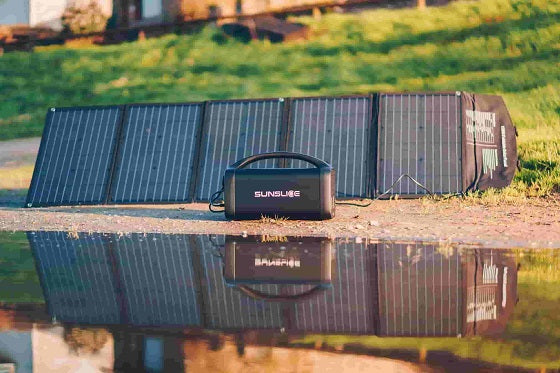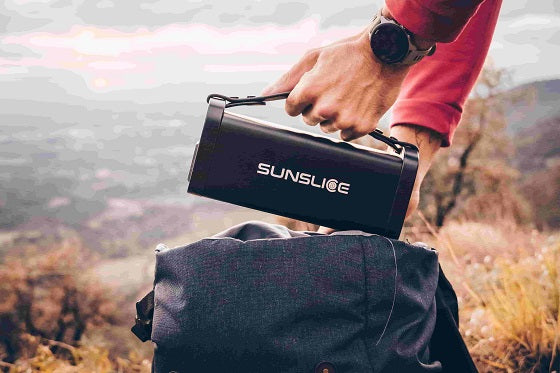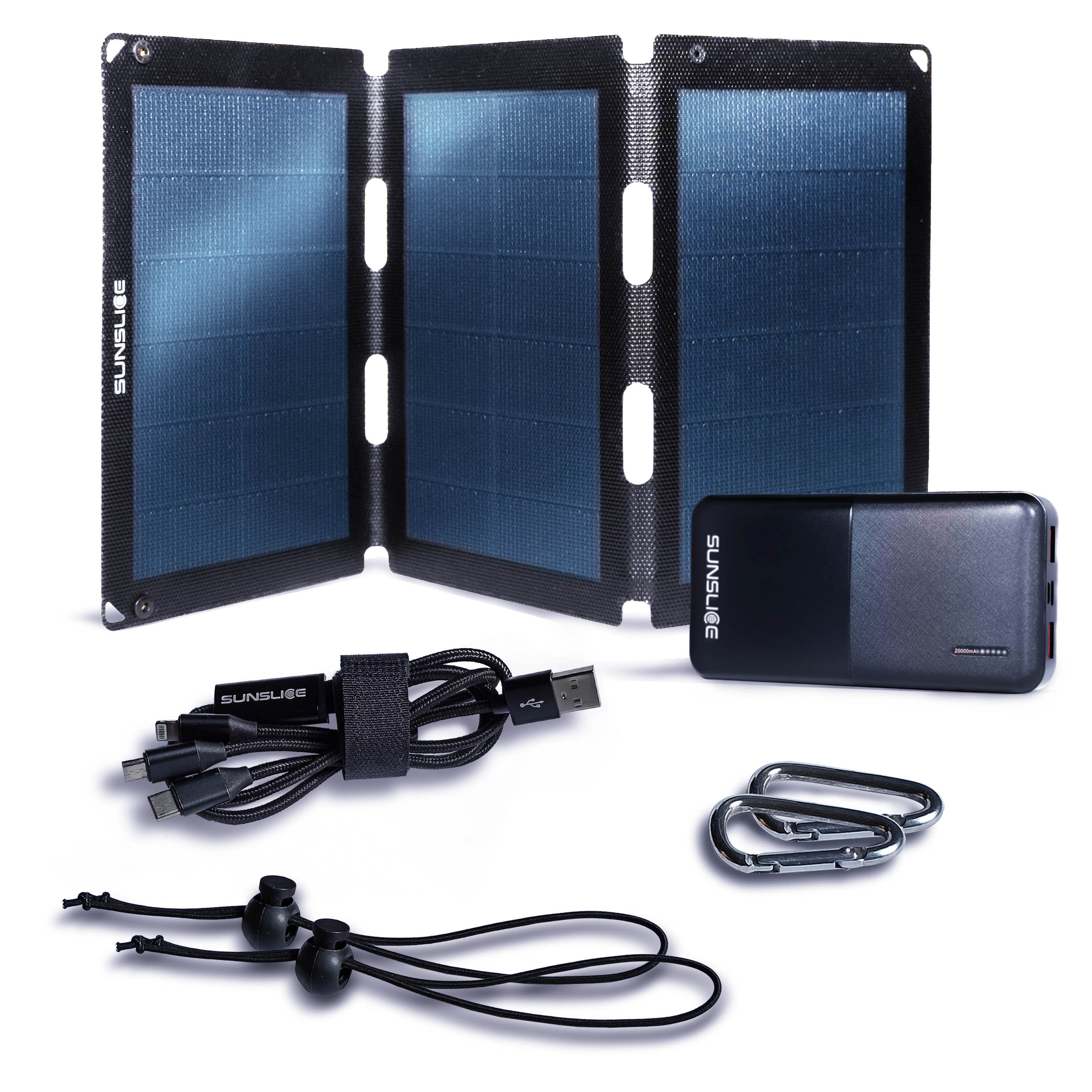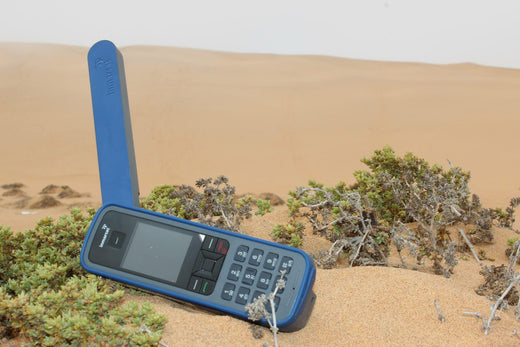How to Power Starlink Antennas with Sunslice Energy Solutions: A Technical Guide
Starlink antennas, developed by SpaceX, offer high-speed Internet connectivity even in the most remote regions of the world. Designed to operate with a network of satellites in orbit, these antennas provide Internet access in places where traditional infrastructure is absent or limited (such as remote areas, boats, scientific or humanitarian expeditions, etc.). However, to function effectively, these antennas require a reliable power source. In isolated environments or during travel, having suitable power solutions is crucial to ensure a constant and stable connection.
For those who need a reliable Internet connection outside of the electrical grid, Sunslice's portable energy solutions are an excellent option. Here is a detailed guide on suitable batteries and solar panels.
1. Sunslice Batteries for Starlink:
The Starlink Mini antenna consumes an average of 25 to 40 watts, while the Starlink Standard model consumes an average of 75 - 100W.
It is important to choose a suitable power system based on the required autonomy, weight, and budget. Sunslice offers a range of products that allow everyone to find the best combination of products for their needs.
1.1 Batteries with USB-C PD - 100W
The portable external batteries Gravity 27 and Gravity 40 are powerful and practical solutions for providing reliable USB-C PD power, with a 100W output. They can be particularly useful for powering devices such as smartphones, laptops, and the Starlink Mini antenna (but not the Starlink Standard, beware!).
Connection Solutions
To connect the Gravity batteries to the Starlink Mini antenna, you can use a USB-C to DC5521 cable. This cable allows the use of the USB-C output at 20V, making the Gravity 27 and Gravity 40 batteries compatible with the Starlink Mini system. Contact us for more information about this cable.
Advantages and Disadvantages
Here are some points to consider when using Gravity batteries with the Starlink Mini antenna:
- Advantages: Gravity batteries are less expensive and lighter compared to other energy storage solutions.
- Disadvantages: Gravity batteries cannot be charged by a solar panel while simultaneously powering the system. Therefore, it is necessary to use two batteries alternately: one for charging in the sun while the other powers the system.
1.2 Batteries with AC Outlets (220V)
Gravity 144:
- Capacity: 144 Wh (or 38,900 mAh at 3.7V).
- Autonomy: Depending on the consumption of the Starlink antenna (between 25 and 40W), this battery can power the system for 2.8 to 4.8 hours.
-
Outputs:
- USB-C PD 65W: Compatible with Starlink via a USB-C to DC5521 cable. Not usable while the battery is charging.
- AC 100W: This output allows connection of devices requiring a standard power outlet. It can operate while the battery is charging.
- Recharge: The Gravity 144 battery can be recharged via a wall outlet or a solar panel like the Fusion 40W or Fusion 100W, taking about 5 to 6 hours for a full charge with a panel.
Gravity 756:
- Capacity: 756 Wh (or 204,300 mAh at 3.7V).
- Autonomy: With its larger capacity, it can power the Starlink antenna for about 18 to 30 hours without recharging.
-
Outputs:
- AC 1000W (peaks at 1600W): This outlet can power more powerful devices while also powering Starlink. It can operate while the battery is charging.
- USB-C PD 45W: For direct power with the USB-C to DC5521 cable.
- Recharge: The Gravity 756 can be recharged via the Fusion 150W solar panel in 6 to 7 hours. It can also be recharged via a wall outlet.
2. Sunslice Solar Panels:
Sunslice solar panels are designed to be portable, lightweight, and foldable, making them perfect for outdoor environments where access to the power grid is not possible.
Fusion 150W:
- Power: 150W.
- Technology: Monocrystalline, offering high energy efficiency even in low light conditions.
-
Outputs:
- USB-A 24W: For smaller devices like phones or tablets.
- USB-C PD 65W: Ideal for powering compatible batteries or directly some devices.
- DC 5521 150W: Used for recharging batteries like the Gravity models.
- Compatibility: This panel is particularly recommended for Gravity 756 and Gravity 486 batteries, providing them with fast and efficient charging in 6 to 7 hours of full sunlight.
3. How to Use Sunslice for Starlink:
To connect a Starlink Mini antenna to Sunslice batteries, you have several options depending on your autonomy and portability needs.
- Option 1: Use a Gravity 144 battery with a USB-C to DC5521 cable to power the antenna directly. With a recharge via a Fusion 40W, you have a lightweight and compact solution, ideal for moderate connectivity sessions.
- Option 2: For extended needs, the Gravity 756 combined with the Fusion 150W panel is the best option. This setup allows powering the antenna for nearly an entire day and offers the possibility of continuously recharging the battery using solar energy.
4. Recommendations for Optimal Use:
- If you need continuous autonomy in the wilderness, we recommend using a more powerful system combining high capacity with sufficient solar power (Gravity 756 with 2 Fusion 150 solar panels).
- For a lightweight and portable system, for occasional use only, the Gravity 27 or Gravity 40 batteries will be well-suited, and a small solar panel can do the job (Fusion 40 or even Fusion Flex 24 or Fusion Flex 48).
- Solar panels should be exposed to maximum sunlight to optimize their efficiency. Foldable models like the Fusion 150W are easy to deploy and store, making them practical for temporary or mobile setups.
Conclusion
Sunslice energy solutions offer great flexibility for powering Starlink Mini antennas in remote environments. Whether you need a portable and lightweight solution like the Gravity 144 or a more robust power source like the Gravity 756, Sunslice allows you to stay connected wherever you are, thanks to clean and renewable energy.
If you have any questions, feel free to contact us by email, and we will be happy to assist you.







